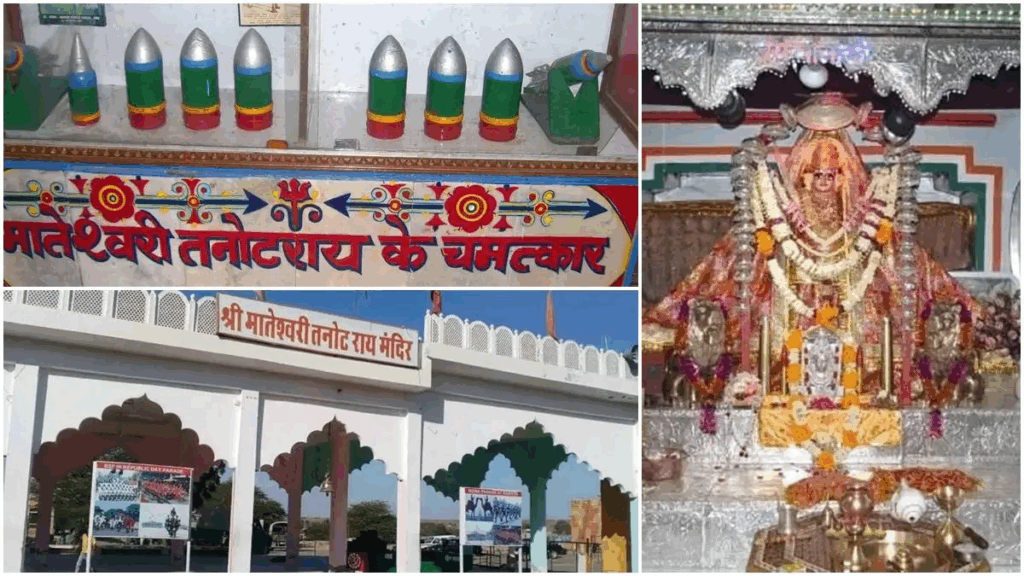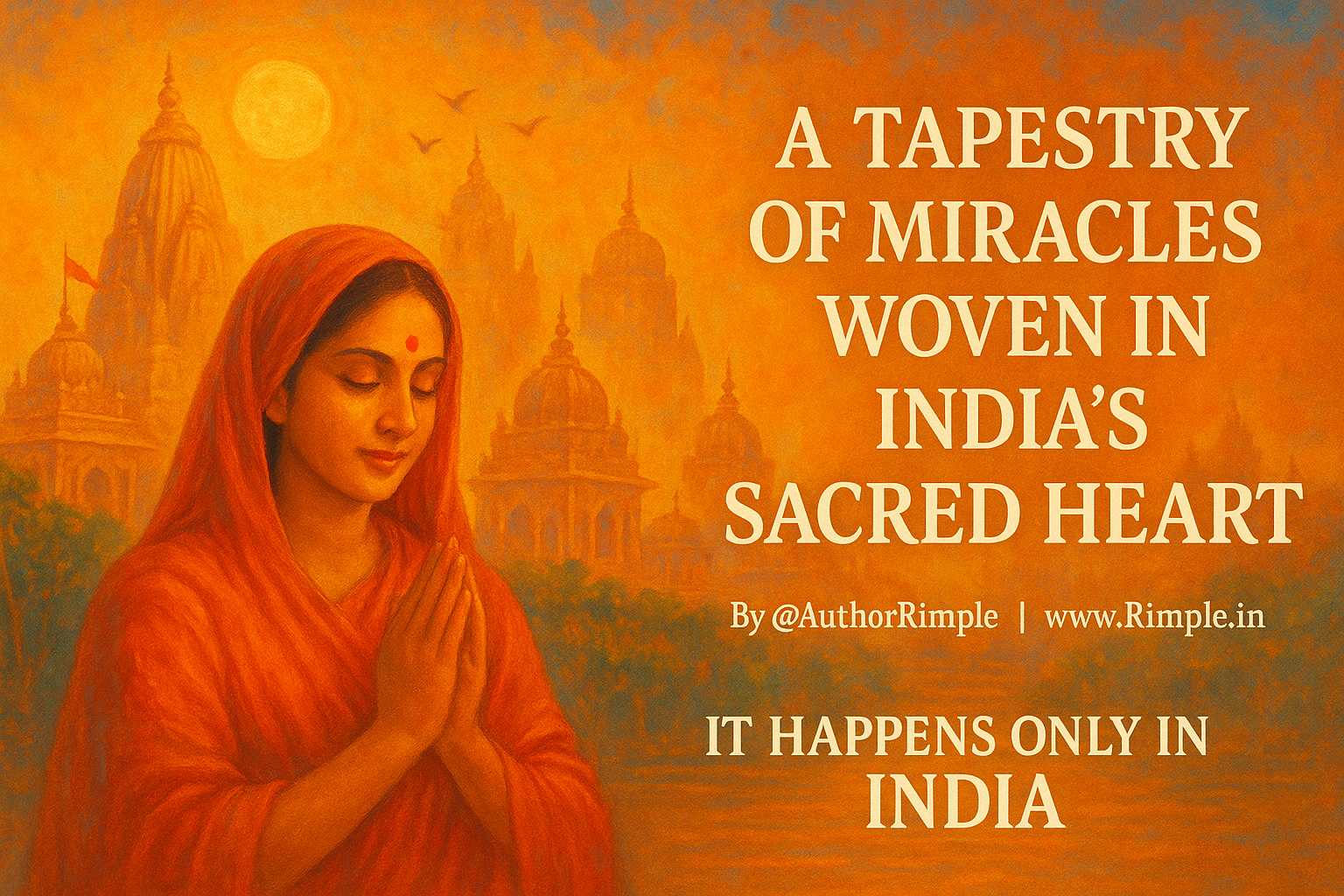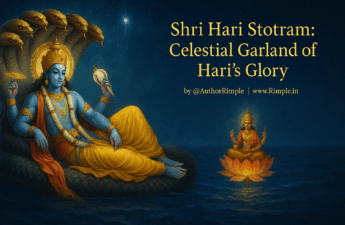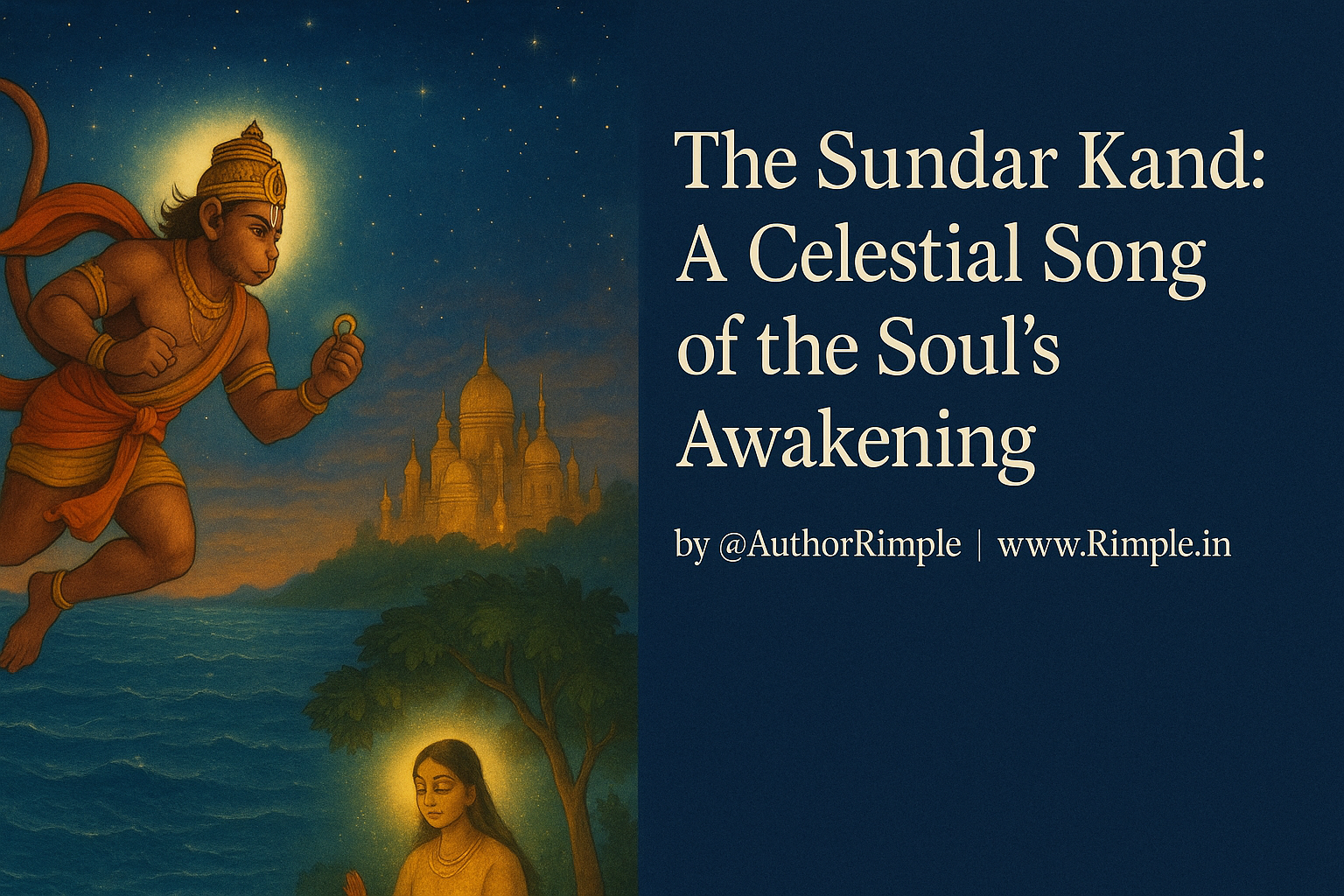In the golden sands of Rajasthan, where the Thar Desert whispers tales of valor and faith, stands the Tanot Mata Temple, a beacon of divine protection and spiritual resilience. Nestled just 120 kilometers from Jaisalmer, near the Indo-Pak border, this ancient shrine dedicated to Goddess Aavad, an incarnation of Hinglaj Mata, is more than a temple—it is a testament to the unbreakable spirit of India, a land where divinity and destiny intertwine. The stories of Tanot Mata’s miracles during the Indo-Pak wars of 1965 and 1971 are not just historical accounts but sacred hymns sung by the winds of the desert, echoing the eternal truth: India is a land where the divine walks hand in hand with its people.
The Miracle of Tanot Mata: A Shield Against Destruction
In 1965, as the Indo-Pak war raged, the Pakistani army rained over 3,000 bombs on the region surrounding the Tanot Mata Temple. The air was thick with the threat of annihilation, yet something extraordinary happened—none of the bombs that fell near the temple exploded. Over 450 shells landed within the temple’s sacred precincts, but not a single one detonated. It was as if the goddess herself stretched out her hands, catching each bomb with the tenderness of a mother protecting her child. Soldiers reported visions of a divine figure, a small girl or the goddess herself, standing resolute, shielding the temple and the land around it. The unexploded bombs, now displayed in the temple’s museum, are silent witnesses to this miracle, preserved by the Border Security Force (BSF), who reverently manage the temple to this day.
In 1971, during the Battle of Longewala, the miracle repeated. Pakistani tanks rolled toward the Indian post, heavily outnumbering the 120 Indian soldiers stationed there. Yet, the tanks mysteriously bogged down in the desert sands, as if held back by an invisible force. The Indian Air Force seized the opportunity, decimating the enemy. Soldiers attributed their victory to Tanot Mata’s divine intervention, her protective aura enveloping them like a celestial shield. A Vijay Stambha (Victory Tower) now stands within the temple compound, a symbol of triumph born from faith. The BSF jawans, who perform the daily aarti with devotion, believe that Tanot Mata is not just a deity but the guardian of India’s borders, a warrior goddess who fights alongside her children.

Yes, the unexploded missiles displayed at Tanot Mata Temple are real remnants from the 1965 and 1971 Indo-Pak wars. These unexploded shells are now preserved in a museum within the temple complex.
It happens only in India—where bombs fall silent before the divine will, and a small temple in the desert becomes an impregnable fortress of faith.
India: A Land Where Divinity Thrives
India is no ordinary country. It is a sacred tapestry woven with threads of miracles, diversity, and an ancient spiritual heartbeat that has pulsed through centuries of trials. While ancient civilizations like Egypt and Persia, once vibrant with their own gods and rituals, succumbed to invasions and lost their pagan roots, India stands as a rare gem. Despite centuries of conquests, invasions, and attempts to erase its heritage, Hinduism—the soul of India—has not only survived but flourished. Why? Because India is a land where the divine is not confined to scriptures or temples but lives in the hearts of its people, in the rivers that flow, the mountains that stand, and the stories that echo through time.
Hinduism, with its kaleidoscope of gods, goddesses, and philosophies, is the lifeblood of India’s culture. It is a way of life that embraces contradictions—where the fierce Durga slays demons, yet the gentle Krishna plays the flute; where ascetic yogis meditate in the Himalayas, and vibrant festivals like Diwali light up the plains. This spiritual resilience is mirrored in India’s linguistic diversity, a marvel unmatched anywhere in the world. The Indian Constitution recognizes 22 official languages, but the 2011 Census recorded over 19,500 mother tongues, each a unique melody in the symphony of India’s identity. From Tamil in the south to Assamese in the east, from Gujarati in the west to Bengali in the heartland, every tongue carries stories of gods, heroes, and miracles. This diversity is not a division but a celebration, a testament to India’s ability to weave unity from multiplicity.
Note: If we exclude India, then there are approx. 6700 languages in the world. Just see the diversity of India.
The Vegetarian Crocodile of Ananthapura: A Divine Bond
Far from the deserts of Rajasthan, in the lush greenery of Kerala, lies another miracle that could only unfold in India’s sacred embrace. At the Ananthapura Lake Temple, dedicated to Lord Vishnu, a crocodile named Babiya lived for decades, revered by devotees as a guardian of the temple. Unlike any other crocodile, Babiya was vegetarian, eating only the prasad—sweet rice offerings—served by the temple priests. Each day, after the noon puja, Babiya would swim to the temple steps, gently accept the prasad, and return to the lake, never harming a soul. Locals believe Babiya was a divine emissary, sent by Vishnu to protect the temple. When Babiya passed away in 2022, devotees mourned, but the legend lives on, a reminder of the sacred harmony between nature and divinity in India. Babiya was given a divine funeral – bhu-samadhi on temple land outside the temple walls.
It happens only in India—where a crocodile, fierce by nature, becomes a gentle devotee, dining on prasad in the presence of the divine.



Elephants Performing Aarti: The Dance of Devotion
In some temples of India, particularly in Tamil Nadu and Karnataka, then Vrindavan in Uttar Pradesh, etc. another miraculous tradition unfolds. At places like the Sri Venkateswara Temple in Tirupati or the Guruvayur Temple in Kerala, elephants, adorned with garlands and bells, perform the aarti, swaying their trunks to offer lamps to the deity. These gentle giants, trained with love and reverence, embody the sacred bond between humans, animals, and the divine. Their graceful movements during the aarti are not mere acts but a divine dance, a living prayer that captivates devotees and visitors alike. To witness an elephant offering light to Lord Krishna or Venkateswara is to see the soul of India—where even animals are part of the cosmic worship. There are plenty of such temples all over India where wild elephants perform Aarti.
It happens only in India—where elephants, with their mighty strength, bow before the divine, offering aarti with the grace of a sage.



India’s Unyielding Spirit: A Land of Miracles
What makes India so rare, so extraordinary? It is the land where the divine is not distant but intimate, woven into every aspect of life. Hinduism, with its 33 million gods and goddesses, is not just a religion but a living, breathing philosophy that embraces all paths to the divine. It has withstood invasions—Mughal, British, and others—not by force alone but through the quiet strength of faith, the resilience of its rituals, and the power of its stories. While other ancient civilizations fell to external forces, India absorbed, adapted, and transformed, creating a culture that is both ancient and vibrant, rooted yet ever-evolving.
Consider the Kumbh Mela, the world’s largest spiritual gathering, where millions bathe in sacred rivers to wash away sins, their faith turning water into nectar. Or the Jagannath Puri Rath Yatra, where Lord Jagannath rides a chariot pulled by devotees, blurring the lines between god and worshiper. In Varanasi, the eternal city, life and death coexist as devotees offer prayers to the Ganges while cremations light up the ghats, a reminder of the cycle of existence. These are not just events but miracles of faith, where the divine touches the mundane, making the impossible possible.
India’s cultural richness is unparalleled. Its classical dance forms—Bharatanatyam, Kathak, Odissi—tell stories of gods through every gesture. Its music, from Carnatic ragas to Hindustani sitar melodies, is a prayer to the divine. Its festivals—Holi’s colors, Navratri’s dances, Ganesh Chaturthi’s processions—are explosions of joy that unite communities. And its temples, from the towering Meenakshi in Madurai to the serene Kedarnath in the Himalayas, are portals to the divine, each with its own miraculous tale.
The Heart of Hinduism: A Call to the Soul
Hinduism is the heartbeat of India, a religion that does not demand conformity but celebrates diversity. It teaches that God is everywhere—in the stone idol, the flowing river, the sacred cow, the banyan tree. It is a faith that sees divinity in the ordinary, transforming a simple act like offering a flower into a cosmic connection. To be a Hindu is to embrace life in all its hues, to see the sacred in the everyday, to find strength in surrender. It is a path that invites exploration, not through dogma but through experience—through the chant of mantras, the rhythm of bhajans, the silence of meditation.
India’s survival through centuries of invasions is a miracle in itself. While other ancient cultures were erased, India’s spirit endured, carried by its people’s unwavering faith. The Tanot Mata Temple, with its unexploded bombs, is a symbol of this resilience. The vegetarian crocodile of Ananthapura, the elephants performing aarti, the millions of languages and dialects—these are not anomalies but expressions of India’s divine essence. This is a land where the impossible becomes possible, where faith defies logic, where the divine is not a distant concept but a living presence.
A Land Like No Other
To walk in India is to walk on sacred ground. To breathe its air is to inhale the fragrance of incense and the promise of miracles. To be in India is to feel the pulse of a civilization that has seen empires rise and fall yet remains eternal. It is a land where a temple in the desert stops bombs, where a crocodile eats prasad, where elephants worship with devotion. It is a land of 22 official languages and 19,500 mother tongues, each a thread in the vibrant tapestry of its culture. It is a land where Hinduism thrives, not as a relic of the past but as a living, breathing force that shapes the present and dreams of the future.
India is a rare gem, a country where the divine dances with the mortal, where miracles are not myths but memories etched in the hearts of its people. To explore India is to explore the soul of humanity, to discover a land where faith moves mountains, where love for the divine transforms the ordinary into the extraordinary. Come, be part of this sacred journey. Visit the temples, hear the stories, feel the heartbeat of Hinduism. Let India melt your heart, awaken your soul, and show you a world where miracles are not just possible but inevitable.
Some things can happen only in India—a land where the divine writes its own story, and every heart is invited to be its author.
Rimple 😀
Also Read:





